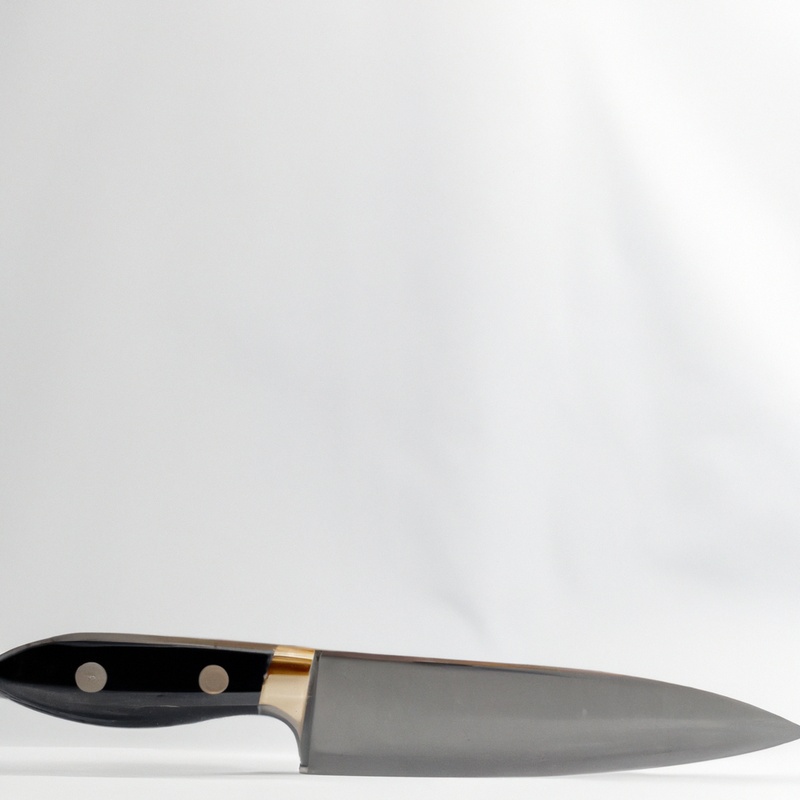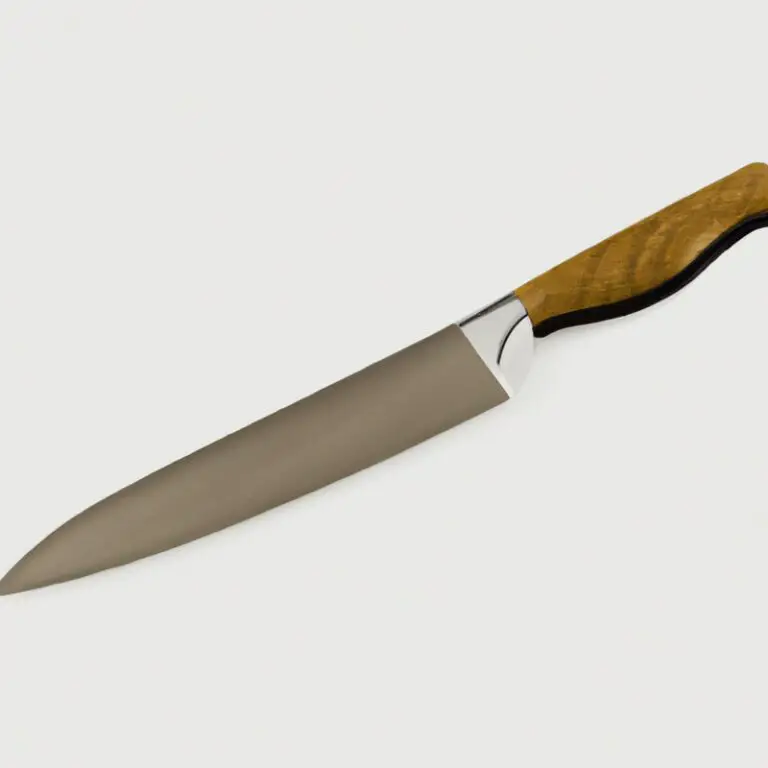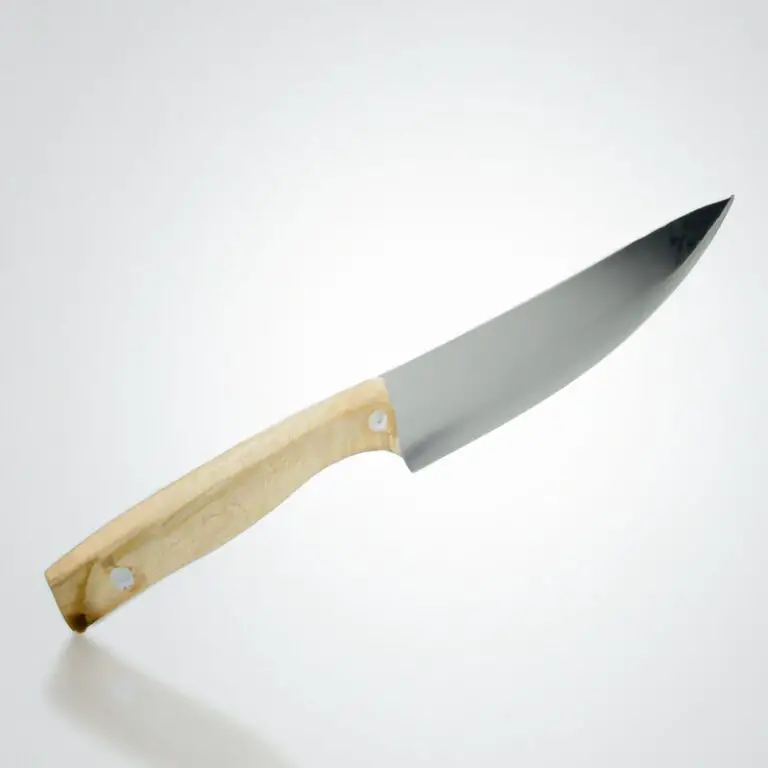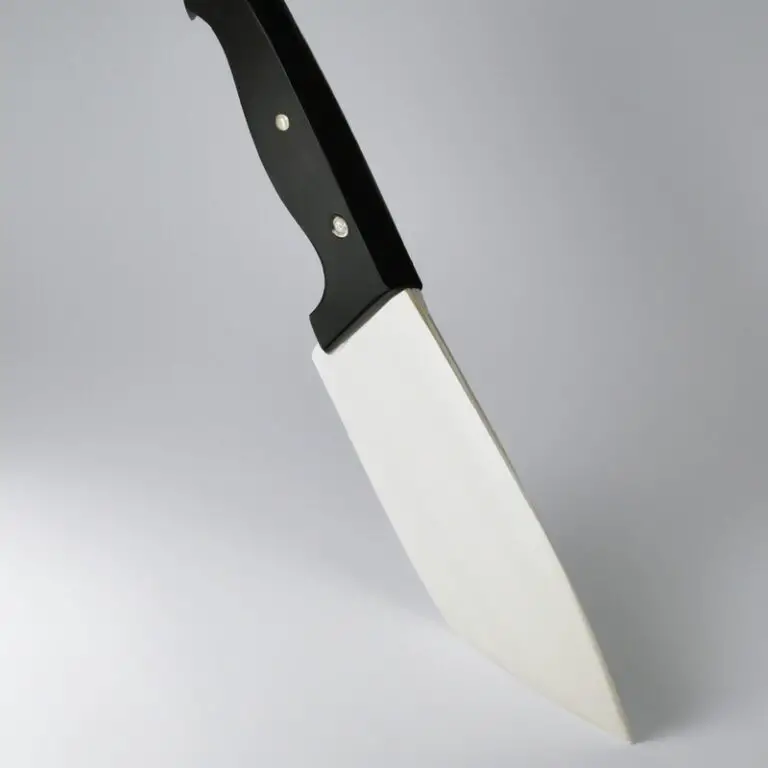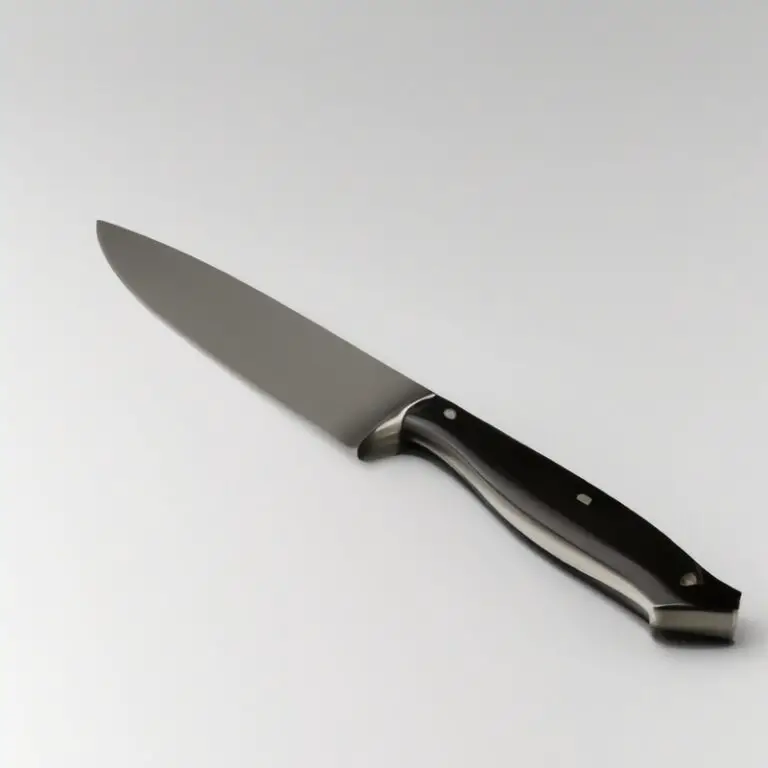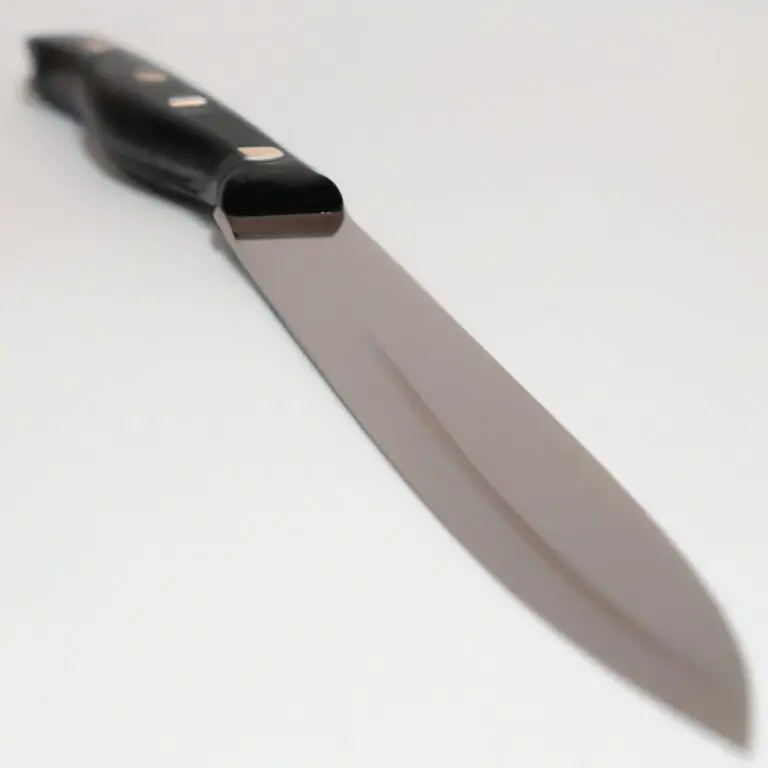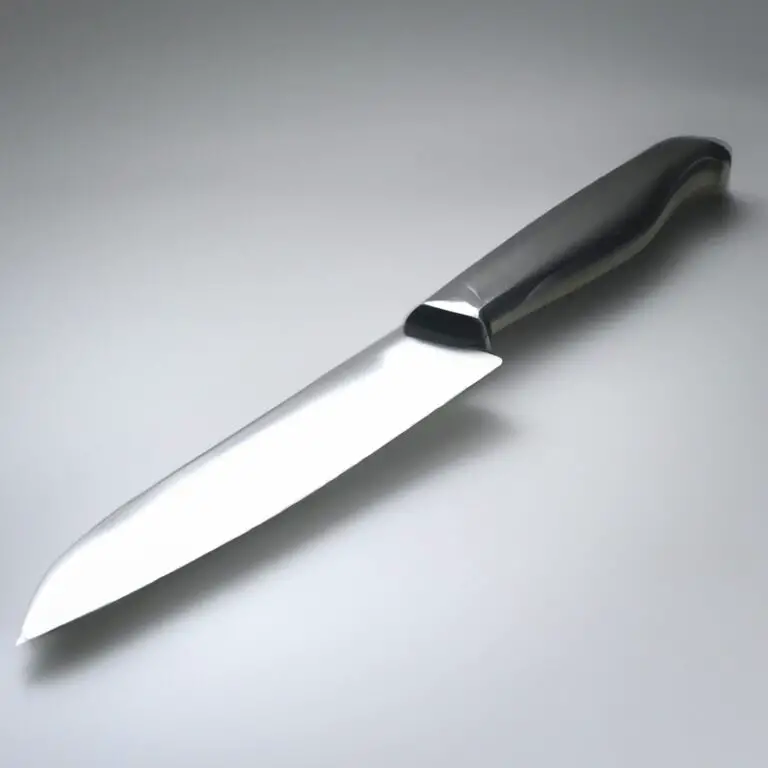What Is The Purpose Of a Spine On a Chef Knife? Explained
Key Takeaways:
- The spine of a chef knife provides balance and control during use, allowing for precise cuts and reducing hand strain.
- A thicker spine can also assist with heavier tasks such as breaking down meats and poultry.
- The spine may also be used for delicate tasks such as creating garnishes or removing citrus rinds.
- The design and purpose of the spine may vary among different types of chef knives, so it is important to choose the right one for your needs.
Have you ever wondered why there is a raised edge on the back of your chef’s knife? That’s the spine, a fundamental part of a chef knife’s design.
As a chef, I know the importance of a well-designed spine and how it can affect the knife’s balance, control, precision, and durability.
In this article, I will share my knowledge about the anatomy and functionality of a chef knife’s spine. You’ll learn why spine thickness, design, and ergonomics matter when choosing the right knife for your needs, and how to take care of your knife’s spine for longevity and performance.
| Purpose | Description |
|---|---|
| Stability | The spine, also known as the top of the blade, adds weight and stability to the knife for better control and precision. |
| Protection | The spine serves as a barrier between the user’s hand and the sharp edge of the blade, preventing accidental cuts and injuries. |
| Balance | The spine helps to balance the weight of the blade with the handle for a comfortable and efficient cutting motion. |
| Strength | The thickness of the spine adds strength and durability to the knife, making it less likely to break or bend during use. |
What Makes a Good Chef Knife Spine: Understanding the Anatomy and Functionality
The spine of a chef knife plays an essential role in its overall performance and functionality. It provides balance to the blade, improves control during cutting, and contributes to the knife’s durability and precision.
When selecting a chef knife, consider the thickness and design of the spine to ensure a comfortable grip and ergonomic fit for your hand.
A well-designed spine also makes maintenance and sharpening more manageable, ensuring longevity for your knife. Look for high-quality materials and craftsmanship in both stamped and forged knives, and consider the benefits of a rounded spine versus a straight spine.
Proper care and attention to the spine will help to ensure your chef knife performs at its best for years to come.
How the Spine of a Chef Knife Affects Balance and Control During Cutting
The spine of a chef knife plays a crucial role in its balance and control during cutting. A thicker spine provides more weight towards the back of the knife, creating a better balance and allowing for more controlled slicing.
On the other hand, a thinner spine allows for easier maneuverability and precision when performing delicate tasks such as filleting.
Additionally, a well-designed spine can give the user a comfortable grip, reducing the likelihood of slippage and injury. Therefore, it’s essential to consider the spine of a chef knife when selecting one to fit your specific cutting needs.
The Importance of Spine Thickness for Durability and Precision
The spine of a chef knife plays a crucial role in determining the durability and precision of the blade. A thicker spine means a sturdier knife that can handle tougher cutting tasks without the risk of snapping or bending.
On the other hand, a thinner spine allows for more precise control and finesse during cutting tasks.
It is important to note that the thickness of the spine should be proportionate to the weight and balance of the blade. A too-thick spine on a lightweight knife can result in an unbalanced and awkward tool, while a too-thin spine on a heavy knife can compromise its durability and strength.
When choosing a chef knife, it is essential to consider the intended use of the knife and select a spine thickness that aligns with those needs.
A thicker spine is recommended for heavy duty tasks such as chopping bones and dense vegetables, while a thinner spine is ideal for delicate tasks such as slicing herbs and filleting fish. The spine thickness of a chef knife is an essential factor to consider when selecting a durable and precise blade.
It should be chosen based on the intended use of the knife and the weight and balance of the blade.
Spine Design and Ergonomics: Finding a Knife That Fits Your Hand Comfortably
Spine design and ergonomics play a vital role in finding a chef knife that fits your hand comfortably. When selecting a chef knife, consider the size and shape of your hand, as well as the weight and balance of the knife.
Look for a spine that provides a comfortable grip and avoids any sharp edges or discomfort.
The spine should also complement the blade’s design and provide a smooth transition from the handle to the cutting edge. Ergonomics and spine design contribute to a comfortable and efficient cutting experience, ultimately affecting the quality of the food you prepare.
How a Spine Helps with Knife Maintenance and Sharpening
The spine of a chef knife plays an essential role in its maintenance and sharpening. When honing or sharpening the blade, the spine acts as a guide for maintaining the blade’s angle, ensuring consistency in sharpening.
Additionally, the spine provides a surface for exerting pressure on the blade’s edge when sharpening.
This function is particularly crucial when using a sharpening rod or stone to sharpen the knife. Without the spine, one may damage the blade while sharpening as it is substantially harder to maintain the correct angle.
Therefore, when selecting a chef knife, ensure that the spine is thick enough to allow for safe and efficient maintenance and sharpening.
A spine that is too thin may lead to irregular sharpening and maintenance of the blade.
How to Identify High-Quality Spines and Choose the Right Chef Knife for Your Needs
When it comes to identifying high-quality spines and choosing the right chef knife for your needs, here are some essential factors to consider:
- Look for a spine that is thick and sturdy. This will provide the necessary balance and control during cutting.
- Consider the curvature of the spine. A more pronounced curve will give you better knuckle clearance for increased comfort and safety.
- The spine should be well-finished with no rough edges or imperfections. This will prevent damage to the blade and make maintenance easier.
- Choose a spine design that fits your hand comfortably. The grip should be secure with no slipping or sliding.
- Consider the type of knife you need based on your cooking style. For example, a heavier knife may be more suitable for chopping, while a lighter knife may be better for precision slicing.
Remember to invest in a high-quality chef knife with a good spine. It will make all the difference in your culinary experience.
What to Know About Stamped vs. Forged Chef Knives and Their Spine Construction
Stamped chef knives and forged chef knives have different spine constructions, and it’s essential to understand the differences when choosing a chef knife. Stamped knives are made by cutting out a shape from a sheet of steel, while forged knives are made by shaping and compressing a piece of steel.
This means that stamped knives tend to have thinner spines than forged knives, which can affect balance and control during cutting.
However, stamped knives are generally more affordable and easier to replace if damaged. Forged knives usually have thicker spines, which can provide added durability and precision.
Additionally, the thickness of the spine can affect the weight and balance of the knife, so it’s crucial to choose a knife that feels comfortable and well-balanced in your hand.
When choosing between a stamped or forged chef knife, consider your budget, cutting needs, and personal preferences. Ultimately, the construction of the spine is just one factor to consider when choosing a chef knife, but it can have a significant impact on the knife’s performance and longevity.
The Benefits of a Rounded Spine versus a Straight Spine on Your Chef Knife
A rounded spine on a chef knife offers several benefits over a straight spine. Firstly, a rounded spine provides a comfortable grip, reduces the risk of hand fatigue and cramping during extended periods of use.
Secondly, the curved shape of the spine allows for better control and maneuverability during slicing and chopping.
Thirdly, a rounded spine is less likely to cause damage to the cutting board or other kitchen surfaces. Lastly, a rounded spine gives a chef knife a more aesthetically pleasing appearance, making it a popular choice for chefs and home cooks alike.
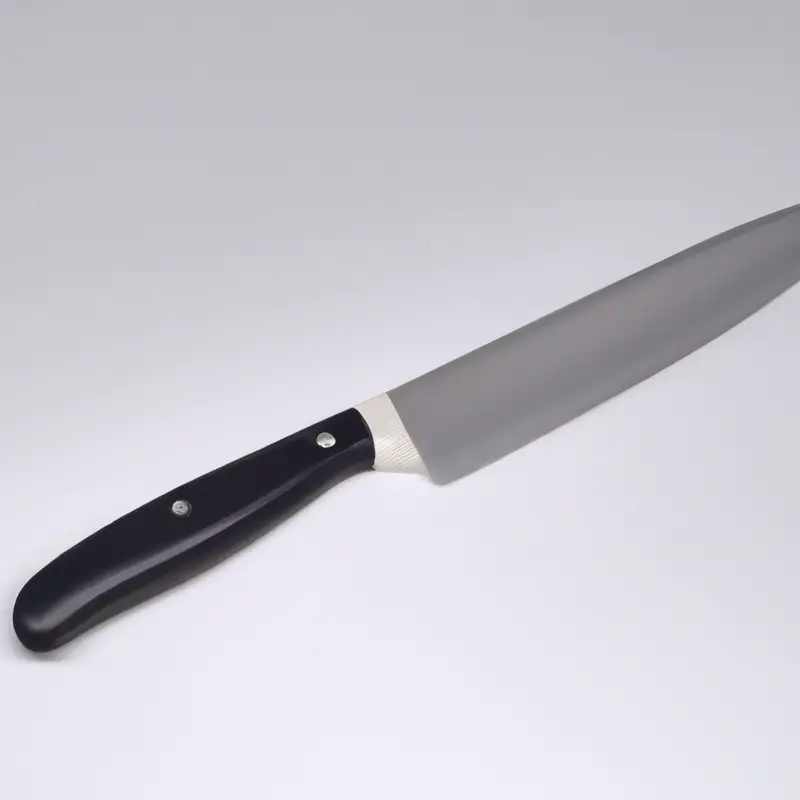
How to Properly Care for Your Chef Knife Spine to Ensure Longevity and Performance
To properly care for your chef knife spine and ensure its longevity and performance, there are a few essential things to keep in mind. Firstly, make sure to clean your knife after every use and avoid any contact with hard or abrasive surfaces.
Additionally, it’s crucial to store your knife in a dry place away from moisture to prevent rusting and corrosion.
To maintain the sharpness and precision of your knife, always use a honing rod before and after each use. Avoid using harsh cleaning agents, dishwashers, or soaking the knife as it can damage the blade and spine.
Lastly, invest in a quality knife sharpener and sharpen your chef knife regularly.
A dull blade and spine can cause the knife to slip when cutting, leading to accidents and injury. By following these care tips, your chef knife spine will stay durable, precise, and in top condition for years to come.
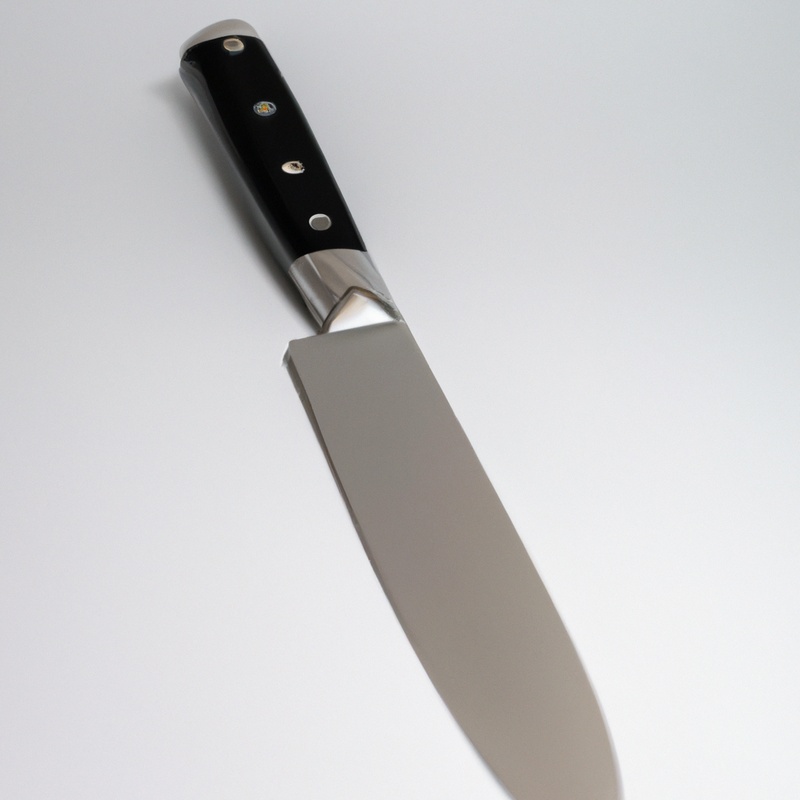
Final Verdict
The spine of a chef knife plays a crucial role in achieving balance, control, durability, precision, and comfort during cutting and maintenance. Its design, thickness, and shape can greatly impact the performance and longevity of the knife.
When choosing a chef knife, look for high-quality spines that fit comfortably in your hand and match your cutting style.
Taking proper care of the spine through regular maintenance and sharpening will ensure optimal performance and longevity. By understanding the anatomy and functionality of the spine, you can make an informed decision and invest in a high-quality chef knife that will serve you for years to come.
Trust in the importance of a well-designed spine and watch as your culinary skills soar to new heights.

